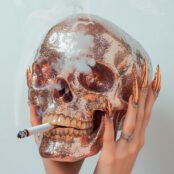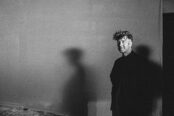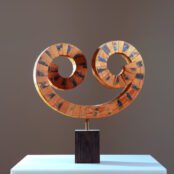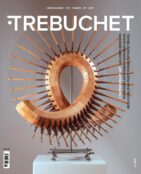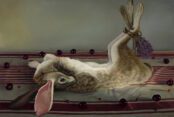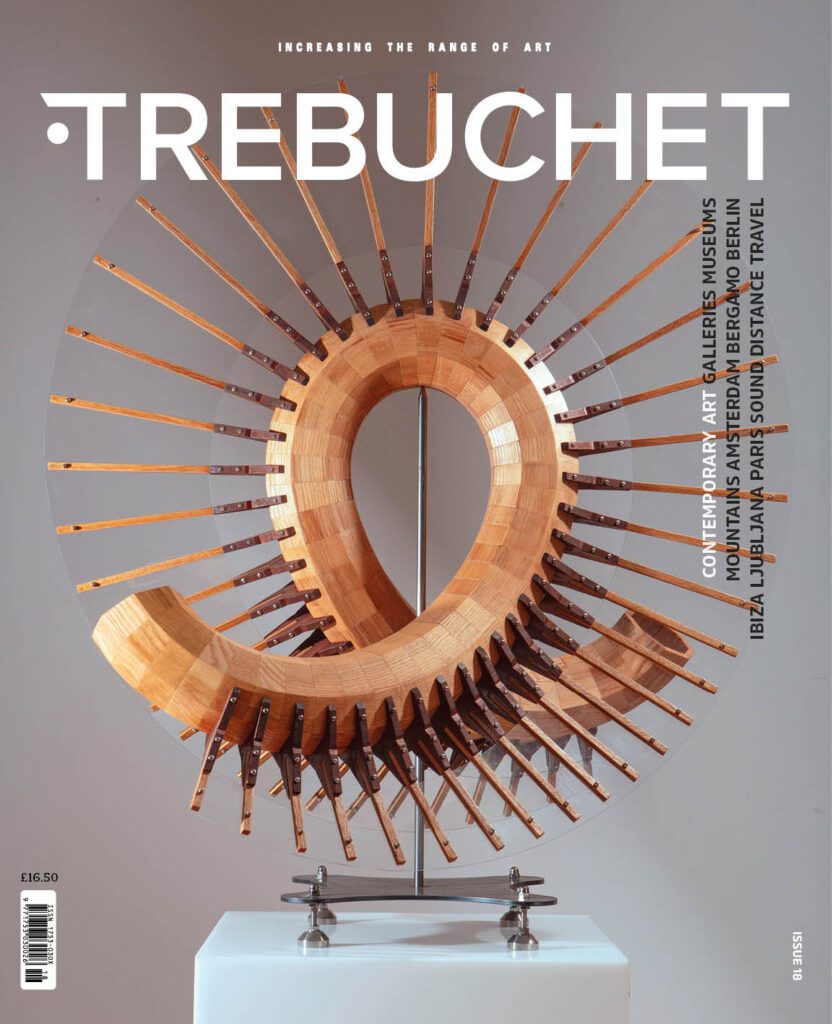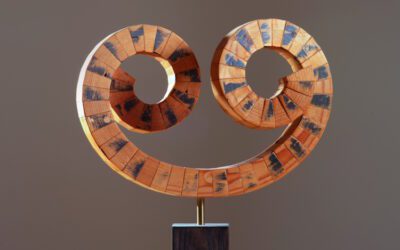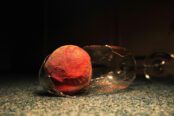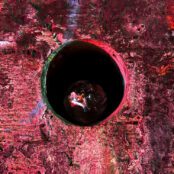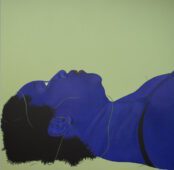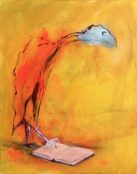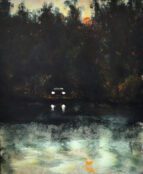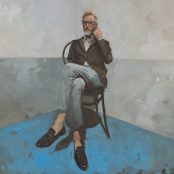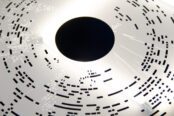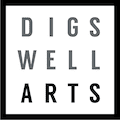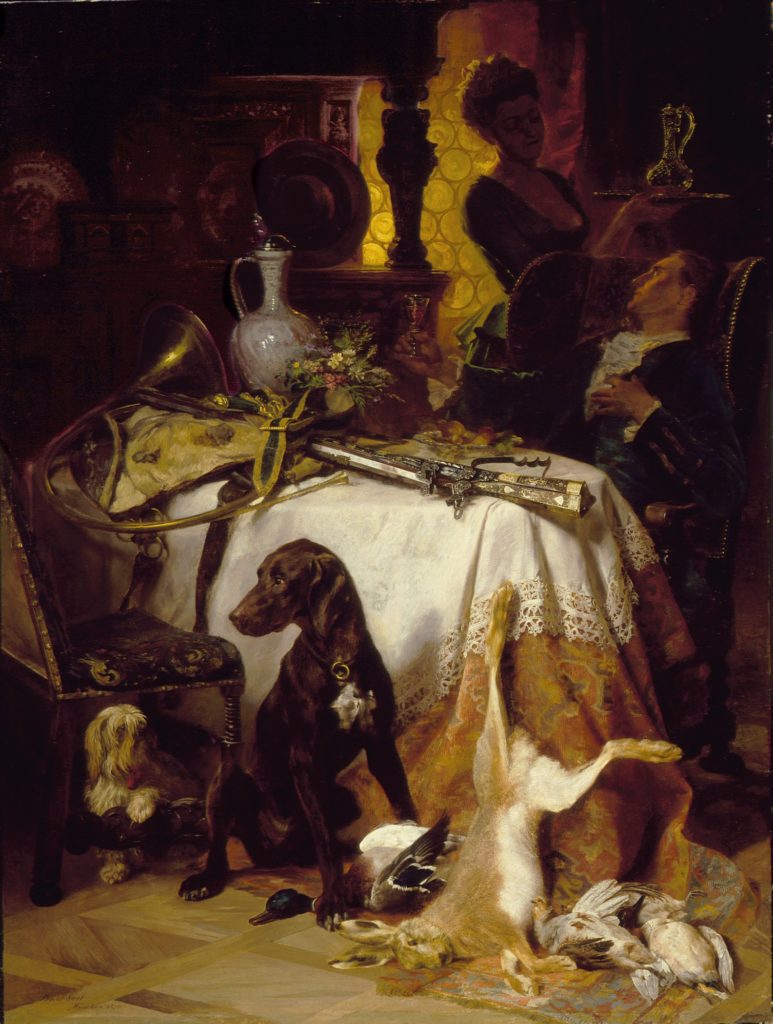Chus Martínez leads the Institute Art Gender Nature at FHNW Academy of Arts and Design in Basel. Born in Spain with a background in philosophy and art history, she has established herself as one of Europe’s most influential contemporary art curators and cultural theorists.
Martínez served as expedition leader for The Current, a groundbreaking project by TBA21–Academy from 2018 to 2020, and directed Ocean Space in Venice from 2020 to 2022. These oceanic initiatives inspired Art is Ocean, her ongoing seminar series examining artists’ roles in reconceptualising humanity’s relationship with nature. At her institute, she leads The Gender’s Factor, a research project investigating education’s role in advancing women’s equality within the arts.
Her curatorial career spans major international institutions. She worked as chief curator at El Museo Del Barrio in New York and served as head of department for dOCUMENTA(13) in 2012. Previous positions include chief curator at MACBA Barcelona, director of Frankfurter Kunstverein, and artistic director of Sala Rekalde in Bilbao. She has curated national pavilions for Catalonia and Cyprus at the Venice Biennale and contributed to the Istanbul Biennial, Carnegie International, and Bienal de São Paulo.
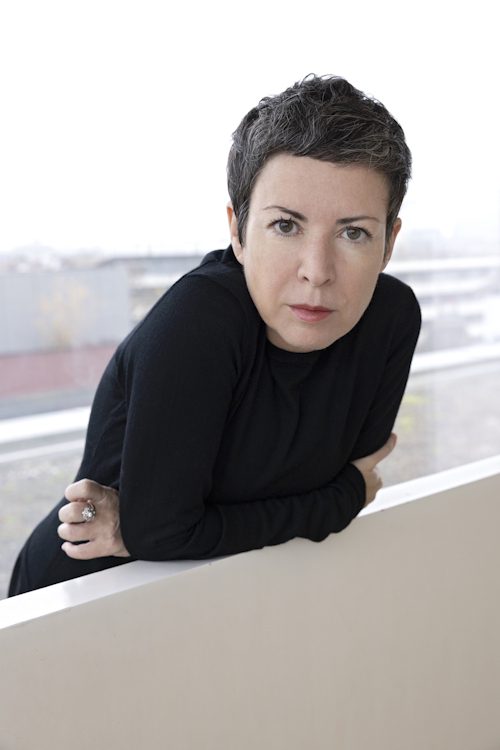
Recent exhibitions include collaborations with Fondation Beyeler, Museo Nacional Thyssen-Bornemisza, and Castello di Rivoli. At der TANK, her institute’s exhibition space, she commissions works by emerging and established artists including Elena Mazzi, Cecilia Bengolea, and Teresa Solar.
As curator of the For the 36th Ljubljana Biennale (2025) Martínez has embraced art as a space for transformation, speculation, and care. As the curatorial text states:
“The Oracle is not a theme, it is a figure, a being, an ancient technology for the dissemination of visions and doubts, of dreams and intuitions. This biennale seeks to create a moment for feeling the cosmic condition of being in the world, and for embracing a culture of caring as a necessity, not a trend.”
Trebuchet met with Martinez to discuss how the idea of the oracle approaches the question of artificial intelligence and why through historical automata rather than contemporary AI works?
Chus Martinez: I was asking myself: should I really respond to the question of artificial intelligence with works that somehow refer directly to it? I couldn’t bring myself to do it in a direct way. That’s why I probably came to the automata in the old-fashioned way, because I thought that in recalling moments where people were… I think we have always been looking for tools. It’s nothing new. The tech industry wants us to think that those tools are now autonomous in ways that they can kill us. There’s a nihilistic discourse going on in this libertarian capitalism, and I think it’s so interesting to talk about it because we have always been looking for tools to expand our capacity to relate to the world, not to annihilate it.
I studied philosophy in the Adorno school, actually with an assistant of Adorno, so the question of autonomy… I was a little bit dismissive of this modernist idea that things can be autonomous in a non-contextual way, because we are interrelated. Nothing is really autonomous. What I found in the puppet is an autonomy that still has very thin strings attached. I love this autonomy because, of course, the puppets are autonomous, but they are attached to a dramaturgy. I think that the social right now is the dramaturg.
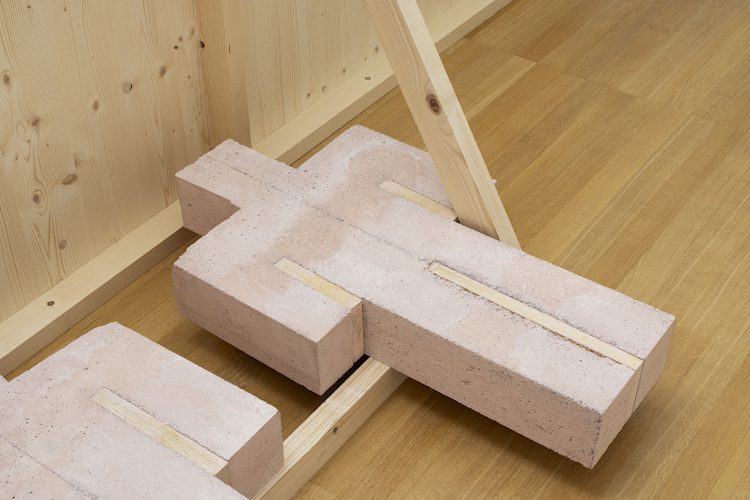
Imagine that we are living in a community. Everyone talks—since ten years now—about community building, care, safe space, all this kind of lingo that’s going around, but nobody is able to trespass the actual meaning of those words because we lack intellectuals who are actually defining this lingo. One possible definition of the lingo is that, yes, okay, we are a community, but the community is a constituency, so we are kind of writing a constitution every time that we are in touch with ourselves. What are the rights that we want to give each other? If you cancel my rights in terms of gender, race, or class, of course you are not writing the same legislation as I want.
In that sense, all the artists in this exhibition are really concerned with this kind of—let’s call it territorialisation. Let’s call it the fantasy of writing a new constitution. From the puppet to the seal of Eduardo Navarro, where he’s including all the rights of nature—everyone is trying to say we need to continuously revise the rights we write when we are together.
This is super important right now because we are witnessing—I don’t know where you are, but for example, in Spain and in France—big summits of the right wing in Europe. In the last two months, you read news where Milei, Vox, and all these AFD people meet in Madrid and have a big summit to talk about the right and the future of the right. Where the fuck are the summits of the left? This is exactly what you are not reading. You are not reading that summits of many people are coming together to talk about the new legislation we need to put in place for this to stop. Why? Because it’s not happening.
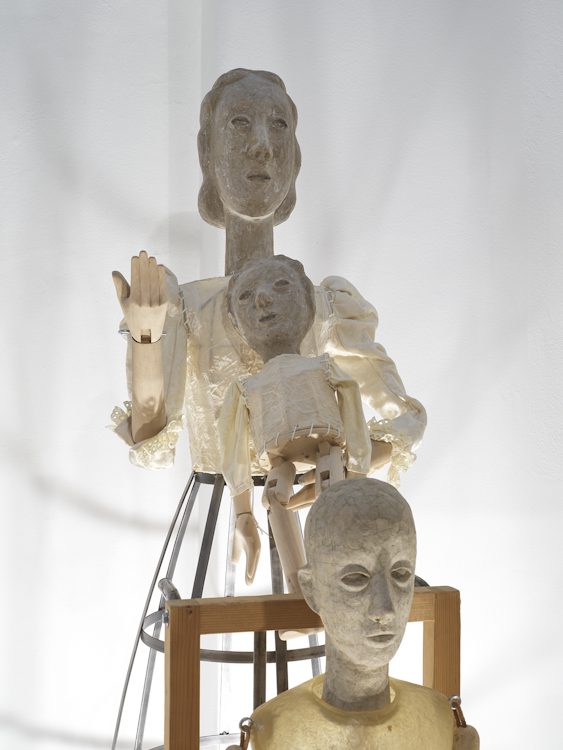
There’s Vincent Bevins, who was working on a book analysing horizontal power in all the street movements from 2010-11 to 2019—from the Arab Spring to the Hong Kong uprising, Occupy, all that. They promoted horizontality, but he has a point: none of them had an alternative government in place. So whilst they were protesting the government in place, a second government was put in place that is normally worse than the government that was there. As a result, people lost faith—not that we were aware, we thought about it—but it happened, and now the streets are empty because there is a memory of this being not useful anymore. That’s really bad.
That’s what this exhibition is about, in a really open, speculative way. I didn’t want to do a cartography of pain again because we have been cartographing everything that went wrong for the last fifteen years. I don’t want to come to the citizenry and tell them all that went wrong because they know. They know it.
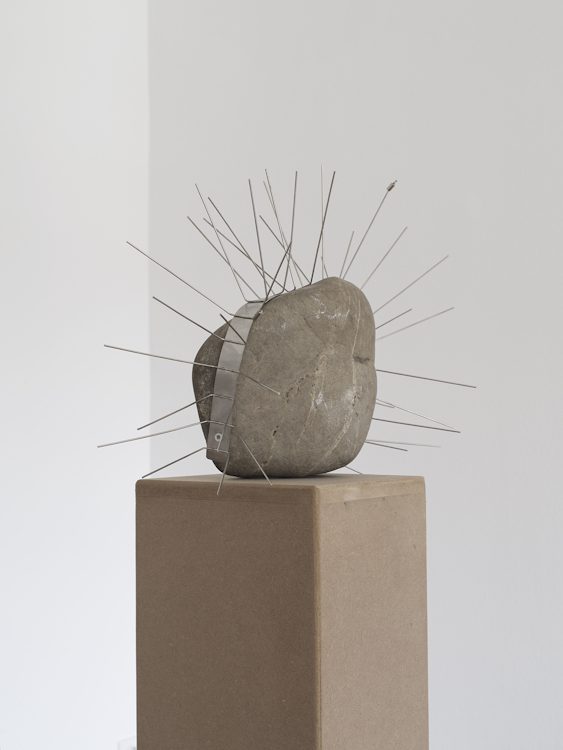
You’ve mentioned the concept of the Oracle. How does this relate to the questions people need to ask themselves about what they want politically?
I come from a very small village, and I would say that 90% of my village votes conservative or right wing. I would say that we all desire the same thing. I don’t think that the people who inhabit my village—whom I love, every one of them—want something that I don’t want. They want a good life. But some of those people came to think that the good life needs to be defined in opposition, so they need to vote for certain things because they think that they oppose certain other things that would just create conflict, leaving space for what they want.
Instead of using—let’s say, the wave—instead of being surfers of democracy, using the wave of the many years of legislation that we have to build upon a better society, they think that they actually need to erase the ocean just to replace the ocean again. I think that we need to really acknowledge that those who are on the opposite side of the spectrum may want the same thing. Absolutely. And those who are mediating for those spectrums are the enemies. The mediators are the problem. The people are never the problem because they are us. There’s no such divide. I don’t belong to anything else than the people on the streets. I’m also a labouring person. I’m also attached to the same strings as everyone else.
What has been happening in the last years is brutal, and many people don’t see it because they live in conditions that are a little bit blind to that. It’s definitely not the same to work for €800, €2,000, or €2,200 or to just have a different type of condition. It’s important then, as you said—I’m not very… The answer is not what’s really important to me, but the methods are important. How I strategically, methodologically, can actually convince or gain the trust of these people that we have tools to reach it and we don’t need to actually destroy what we have won to do it.
For me, that’s the important question because some people—we are at the verge of a fascist turn. You know that Vox… Many people in Spain, a country where the Civil War is very present— but they just go for Vox because they want a revulsive. They want something that is really inflicting pain on another social class. Because of identity politics, we forgot to take class politics into account, and now we are in a class war. Nobody wants to say it, but it is.
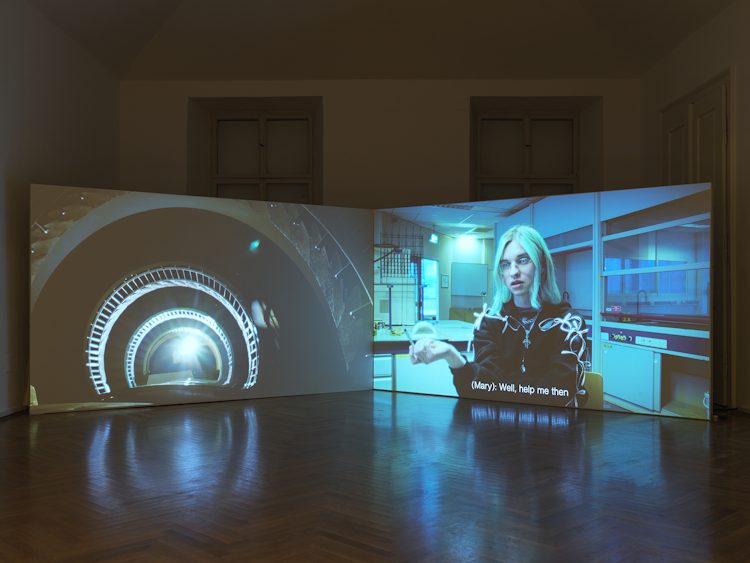
How did you work with the twenty-three artists to develop new works for this exhibition?
We could have done an encyclopaedic book only on the Zoom meetings. I started to… People I didn’t even know started to talk not about the Oracle, but about the conditions of today. For example, I called Roman and Jarema from Ukraine. We’d never met, and then we just had a Zoom meeting. I said, “I saw pictures of your work. I never saw the actual work. Could you send me the work?” They sent me the work. I’m the director of an art school, so I just fetched my technician and two projectors. We projected the videos and were like, “What is this? This is too good!”
Then another Zoom. “You are invited.” They had an idea, talking about nationalism, actually. I said, “I always… I see a problem there.” Then we started talking again and talking again. Then they came to the idea of using this dog drone. I said, “Wow, this is going to be super difficult. I like it. I like it very much. It’s going to be difficult to talk to the army. It’s going to be difficult to talk to the company that’s doing the software. It’s going to be difficult to convince somebody who has been displaced in Poland to go back to their home through that bloody weapon thing.” So let’s do it, and let’s take all the risks.
We started writing to the army, writing to these companies that actually provide the service because it’s outsourced. Until three weeks ago, we didn’t have the real permission to actually do it. They filmed it exactly last week, and the movie came just last Wednesday night, and we opened yesterday. It’s amazing. I love that.
Multiply this by twenty-three, and it’s enormously time-consuming. If you don’t want to spend time, that’s not your job. But I think that I love it. It’s the most relaxing… Some other people watch series. After dinner, I have half-hour conversations with another artist and another artist and another artist. I got addicted.
Some rooms changed twenty-two times. I think the room of Eduardo changed perhaps even thirty times. This is something I love until you think that you nail it—you know the moment that you have it.

In your writing, you speak of art as an intelligence. How does this concept relate to current discussions about artificial intelligence?
I think it’s amazing how certain industries capitalise certain notions. People talk about artificial intelligence, and we don’t question it. It sounds good, and we can visualise it very fast. We humans love to visualise artificial intelligence. We are talking here about an organic intelligence—the possibility of the inorganic having intelligence.
The first substance that humans have created in such a way is art, I think. It’s the idea of conveying and transmitting certain notions without the necessity of using words, through experience. People start thinking in binaries because the industry doesn’t want art to be included in artificial intelligence. It’s clear that they really want it to be programmed and to be acting as a design tool. But it’s not as simple.
I think intelligences exist in many ways, and this is not a metaphor. As Tim Ingold says—an anthropologist from the UK whom I totally love—it’s really very dangerous when you present things as virtual metaphors, like art and some others, as pragmatic tools, as technology. We should really fight that divide because it’s not what defines what we are. If we erase the other part, what’s left is nothing that you want.
Ten or fifteen years ago, when I started working on art and nature, people were literally making jokes about me because they thought, “Oh, what do you mean? Art should illustrate nature, like in the eighteenth century?” These jokes were amazing because they showed me that it was very difficult for many people to think about nature having agency. Everyone thought about ecology as us protecting nature, and nature being nearly dead, having a life that is kind of stupid, and us protecting it—”don’t destroy nature”—and then nature would survive.
Today, normal people really talk about the intelligence of the forest. Eduardo Kohn, when he wrote the book about how trees can think—all these ideas of the ’60s and ’70s—all these ideas were really mystical until they became real. That’s what I think we need to do: demystify art until it becomes social. It’s just social. We need it. It cannot be without that air. It’s like a lung we breathe through.
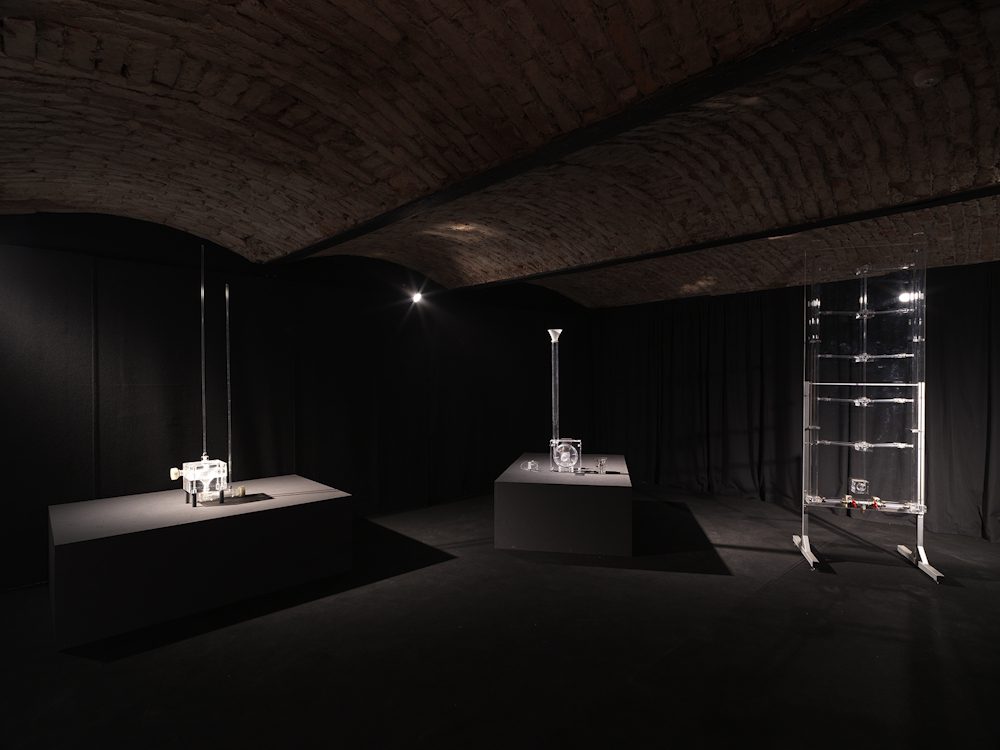
There’s been significant work recently on constitutional rights for nature. How does this connect to your curatorial practice?
It’s very important to recognise—I think there is a group of people, philosophers and biodiversity experts, who are writing a new constitution in Arizona. I met with them a couple of times. It has been amazing because they really are taking into account the rights of nature to modify our very modern constitution, because our constitutions are not acknowledging that. It’s really fantastic how simple… I was sitting there thinking, “This is amazing. We never legislate taking the needs of nature into account.”
Many people don’t know… When we were younger—we are almost the same generation—the lack of constitution was very close to us, at least in Spain. I was born six years before a constitution was in place. At school, they were telling me what it is to have legislation and what it is not to have legislation. Many people think that legislation is not there. They don’t know what it is.
I talk a lot about that with my students. When something happens, they don’t know that there is a law or not about what happened. It’s interesting—they think that it’s kind of self-regulated. When there is a law, it’s the police, almost. I’m telling them, “No, it’s just that there is regulation of this behaviour, and we need to know which behaviour is bad and which behaviour is good, not only in human perception now, but also how it has been legislated.”
It’s so interesting to address that young people now think it’s much more abstract than when we were young, when you were very aware we need this right, simple rights. They don’t know what rights are. They are claiming for values now, and values are not rights. I’m still thinking that it’s very important to talk about values and laws.

How do you see your role as a curator in relation to art as intelligence?
I’m closer to a sponge. I really absorb a lot, and I’m super slow in life. I now think that I’m in a good moment because I’ve been listening for, let’s say, forty-eight years. Now I’m fifty-three, so the last five have been very productive because now I can talk. I feel like an eight-year-old. For many years, I was just observing and observing. My writing changed, my acting…
It’s my passion. It’s absolutely undeniable that I have no other passion in life but art and being with artists. For me, there is only art. It’s a beauty, as you said, but it’s a duty. That is coming from my political activism. When I was young, it was very clear that you could be a political activist by going into a certain practice. My political activist practice is actually through my radical optimism—it’s a form of activism inside culture.
That’s why I’m holding to it. I have zero cynicism on purpose. I could, but I’m not going to have it. I’m not here to dismantle the system. I’m here to remake the system, to try to create a new notion of service from culture, and I am a soldier of that army of love. Absolutely no day is off from that.
There is activism in the street, activism in many substances, but very few people understand that in curatorial practice, it could be curatorial activism. I do have it. I care. I have an art school. I care about every student. I care about every artist, and I do my best to produce a community. All the artists in this exhibition became really good friends. Okay, there are twenty-three new friends on the planet. I’m into that activism. It doesn’t have the same visibility as other forms, but it is a form.
The exhibition takes place in Slovenia, which has experienced multiple forms of political organisation. How does this context inform the work?
They have been politically organised in different ways. They have been organised in the bloc, they have been organised as Yugoslavia, and they have been organised in the European Union, and they are being organised under the premises of a certain revival of nationalism. They have been through many ways of organising, which is also an exercise that not every society has had.
Spain only got organised as a dictatorship and organised as a democracy, but we never got organised federally. We never got organised cantonally like the Swiss. Looking at forms of organisation and societies that went through many organisational processes is interesting. The UK has been organised as an autonomous island, then as part of the European Union, now as an autonomous island again. It’s a good question to ask: is the island before and after Brexit the same autonomy? Does it feel the same? Or did you feel the lack of something because of something that was entangled and got disentangled?
These are super interesting questions that societies feel in their memory. Of course, you don’t feel the European Union at all on an island like that, but once you are part of something bigger and you get disentangled from it, it also feels wrong.
My teacher was Jorge Semprún. He was a survivor of a concentration camp in Buchenwald, a Catalan anarchist who got caught in Buchenwald and then exiled in Paris. When democracy was restored, the second government—the first fully democratic government—named him Minister of Culture. This guy produced a scholarship for people like me, where he would do summer camps, picking up kids who were brilliant at school from places like mine and giving them the chance to go to Germany and study German. I am a product of that programme.
This guy was the promoter of the possibility of understanding that the organisation would be such that two regions felt for a while very entangled, but then not anymore. They would do that so that nations would not be stable, that parts of it would federate in a consecutive way with somebody else, and that would create a much more fluid European Union—one that would be in a fluidity that then gets rearranged by time. Belonging and not belonging, so that the membership would change.
It’s a very complex, very beautiful idea of the borders not being… In a practical way, some regions of Europe would just feel very strong about each other, and they would federate—like Romania with Catalonia, or the Balkans with, I don’t know what—and then they would just experiment with it for ten years, and then federate or go with somebody else, and so on and so forth.
I think that we have lost the ability of political imagination in terms of organisation, and we don’t have politicians. That’s why they are renationalising—because they are really morons who are incapable of actually naming other forms, and they go to the old one because it’s a relapse. Not only a relapse in feeling, but a relapse in narrative. These people are not capable of narrating something else. That’s why they go to “make Spain stupid again,” or make whatever. Of course, what could you say? You have no idea of what to say.
36th Ljubljana Biennale of Graphic Arts
6 Jun – 12 Oct 2025
Image credits and interview declaration
This interview has been edited and condensed for clarity whilst preserving the speaker’s distinctive voice and philosophical approach.
Chus Martinez portrait by Gina Folly. Installation photos of the 36th Ljubljana Biennale of Graphic Arts by Jaka Babnik. Images courtesy of MGLC Archive. Trebuchet travel supported by MGLC / Accommodation by M Hotel.
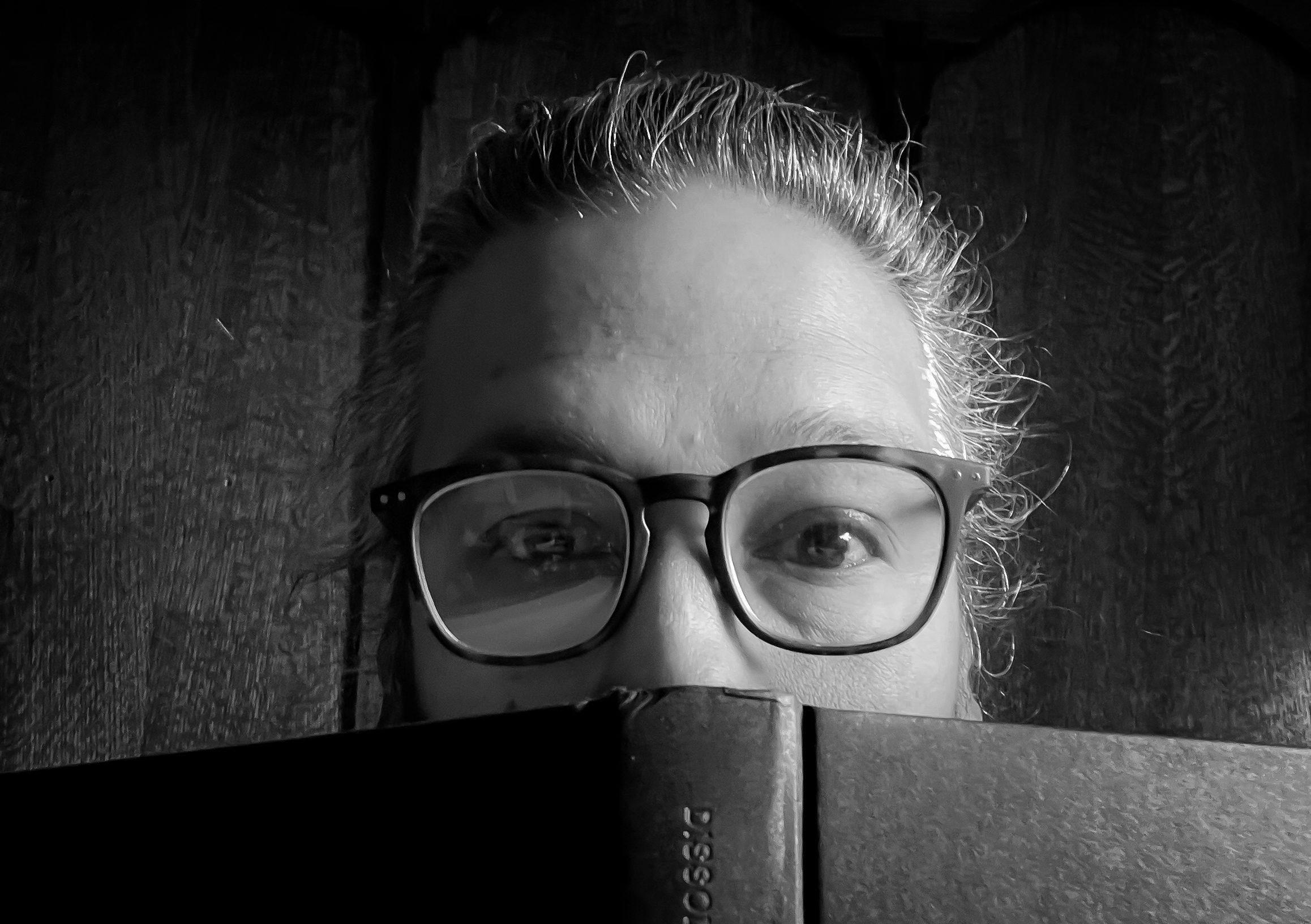
Ex-London based reader of art and culture. LSE Masters Graduate. Arts and Culture writer since 1995 for Future Publishing, Conde Nast, Wig Magazine and Oyster. Specialist subjects include; media, philosophy, cultural aesthetics, contemporary art and French wine. When not searching for road-worn copies of eighteenth-century travelogues he can be found loitering in the inspirational uplands of art galleries throughout Europe.


